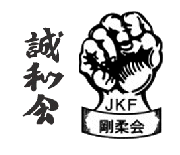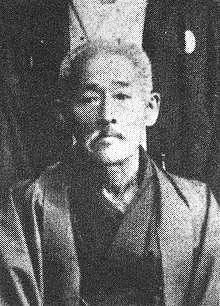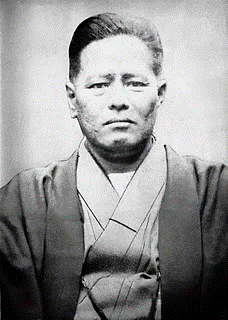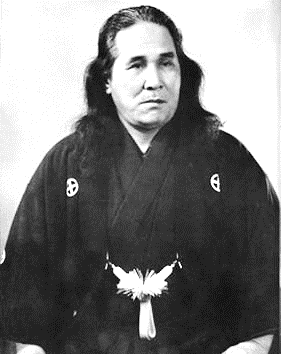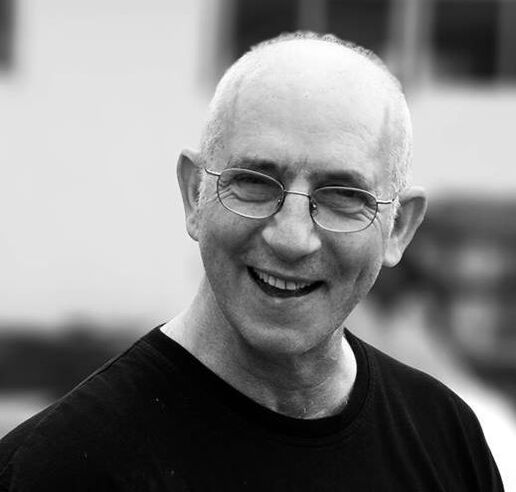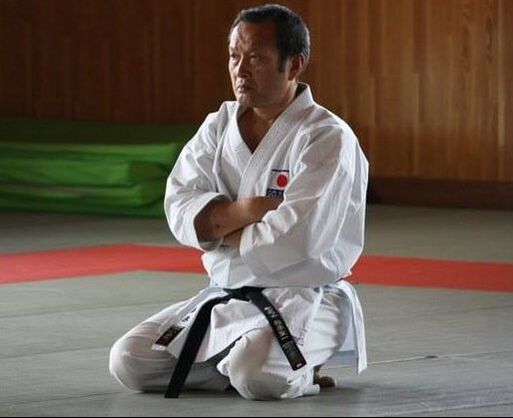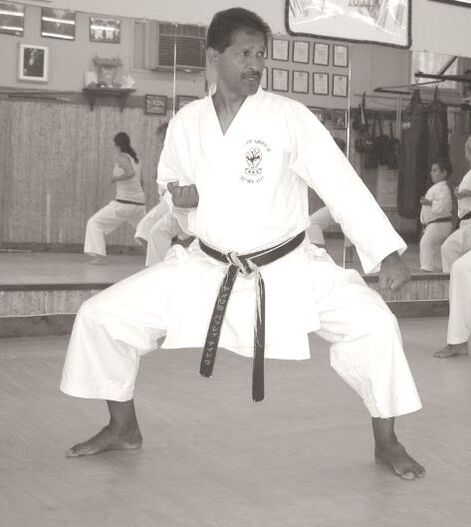When we trace Goju Ryu Karatedo Seiwakai as far back as it is historically possible to go, we realize that the Karatedo we practice today was passed from teacher to student in an unbroken lineage from its earliest beginnings to the present. If you are training in a dojo with a certificated instructor in Goju Ryu Karatedo Seiwakai, you can be assured that you are part of this unbroken chain.
(The following biographies contain copyright material of Mark Cramer.)© ©
(The following biographies contain copyright material of Mark Cramer.)© ©
